
Australia’s 2022 federal election was seen as the climate election. But this time round, climate policy has so far taken a back seat as the major parties focus on cost-of-living issues.
Despite this, climate change remains an ever-present threat. Last year was the world’s hottest on record and extreme weather is lashing Queensland. But there are hints of progress. Australia’s emissions have begun to fall and the main power grid is now 40% renewable.
So before Australians head to the polls on May 3, it’s worth closely examining the climate policies of the two major parties. What are they offering on cutting emissions, preparing for climate-boosted disasters and future-proofing our energy systems? And where are the gaps?
Energy transition - Tony Wood, Grattan Institute
Cost-of-living pressures, escalating damage from climate change and global policy uncertainty mean no election issue is more important than transforming Australia’s economy to achieve net zero. But our energy supply must be reliable and affordable. What should the next government prioritise?
There is great pressure to deliver power bill relief. But the next government’s priority should be reducing how much a household spends on energy, rather than trying to bring down the price of electricity. Far better to give financial support for battery storage and better home insulation, to slash how much power consumers need to buy from the grid.
The Liberal-led Senate inquiry has just found supporting home electrification will also help with cost of living pressures.
The electricity rebates on offer from Labor and the temporary cut to fuel excise from the Coalition aren’t enough.
Federal and state governments must maintain their support and investment in the new transmission lines necessary to support new renewable generation and storage.
Labor needs to do more to meet its 2030 target of reaching 82% renewables in the main grid. Currently, the figure is around 40%. The Coalition’s plan to slow down renewables, keep coal going longer and burn more gas while pushing for a nuclear future carries alarmingly high risks on reliability, cost and environmental grounds.
Gas shortfalls are looming for Australia’s southeast in the next few winters and the price of gas remains stubbornly high. Labor does not yet have a workable solution to either issue, while the Coalition has an idea – more and therefore cheaper gas – but no clarity on how its plan to keep more gas for domestic use would work in practice.
So far, we have been offered superficially appealing ideas. The field is wide open for a leader to deliver a compelling vision and credible plan for Australia’s net-zero future.
Climate adaptation – Johanna Nalau, Griffith University
You would think adapting to climate change would be high on the election agenda. Southeast Queensland just weathered its first cyclone in 50 years, estimated to have caused A$1.2 billion in damage, while outback Queensland is enduring the worst flooding in 50 years.
But so far, there’s little to see on adaptation.
Both major parties have committed to building a weather radar in western Queensland, following local outcry. While welcome, it’s a knee-jerk response rather than good forward planning.
By 2060, damage from climate change will cost Australia $73 billion a year under a low emissions scenario, according to a Deloitte report. The next federal government should invest more in disaster preparation rather than throwing money at recovery. It’s cheaper, for one thing – longer term, there are significant savings by investing in more resilient infrastructure before damage occurs.
Being prepared requires having enough public servants in disaster management to do the work. The Coalition has promised to cut 41,000 jobs from the federal public service, and has not yet said where the cuts would be made.
While in office, Labor has been developing a National Adaptation Plan to shape preparations and a National Climate Risk Assessment to gather evidence of the main climate risks for Australia and ways to adapt.
Regardless of who takes power, these will be useful roadmaps to manage extreme weather, damage to agriculture and intensified droughts, floods and fires. Making sure climate-exposed groups such as farmers get necessary assistance to weather worse disasters, and manage new risks and challenges stemming from climate change, is not a partisan issue. Such plans will help direct investment towards adaptation methods that work at scale.
New National Science Priorities are helpful too, especially the focus on new technologies able to sustainably meet Australia’s food and water needs in a changing climate.

Emission reduction – Madeline Taylor, Macquarie University
Emission reduction has so far been a footnote for the major parties. In terms of the wider energy transition, both parties are expected to announce policies to encourage household battery uptake and there’s a bipartisan focus on speeding up energy planning approvals.
But there is a clear divide in where the major parties’ policies will lead Australia on its net-zero journey.
Labor’s policies largely continue its approach in government, including bringing more clean power and storage into the grid within the Capacity Investment Scheme and building new transmission lines under the Rewiring Australia Plan.
These policies are leading to lower emissions from the power sector. Last year, total emissions fell by 0.6%. Labor’s Future Made in Australia policies give incentives to produce critical minerals, green steel, and green manufacturing. Such policies should help Australia gain market share in the trade of low-carbon products.
From January 1 this year, Labor’s new laws require some large companies to disclose emissions from operations. This is positive, giving investors essential data to make decisions. From their second reporting period, companies will have to disclose Scope 3 emissions as well – those from their supply chains. The laws will cover some companies where measuring emissions upstream is incredibly tricky, including agriculture. Coalition senators issued a dissenting report pointing this out. The Coalition has now vowed to scrap these rules.
The Coalition has not committed to Labor’s target of cutting emissions 43% by 2030. Their flagship plan to go nuclear will likely mean pushing out emissions reduction goals given the likely 2040s completion timeframe for large-scale nuclear generation, unless small modular reactors become viable.
On gas, there’s virtually bipartisan support. The Coalition promise to reserve more gas for domestic use is a response to looming shortfalls on the east coast. Labor has also approved more coal and gas projects largely for export, though Australian coal and gas burned overseas aren’t counted domestically.
Opposition Leader Peter Dutton has promised to include gas in Labor’s renewable-oriented Capacity Investment Scheme and has floated relaxing the Safeguard Mechanism on heavy emitters. The Coalition has vowed to cancel plans for three offshore wind projects and are very critical of green hydrogen funding.
Both parties will likely introduce emission reduction measures, but a Coalition government would be less stringent. Scrapping corporate emissions reporting entirely would be a misstep, because accurate measurement of emissions are essential for attracting green investment and reducing climate risks.![]()
Johanna Nalau, Senior Lecturer, Climate Adaptation, Griffith University; Madeline Taylor, Associate Professor of Energy Law, Macquarie University, and Tony Wood, Program Director, Energy, Grattan Institute
This article is republished from The Conversation under a Creative Commons license. Read the original article.
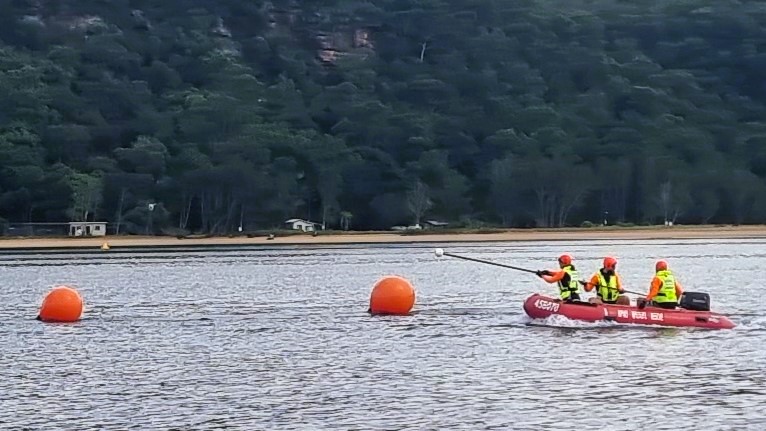



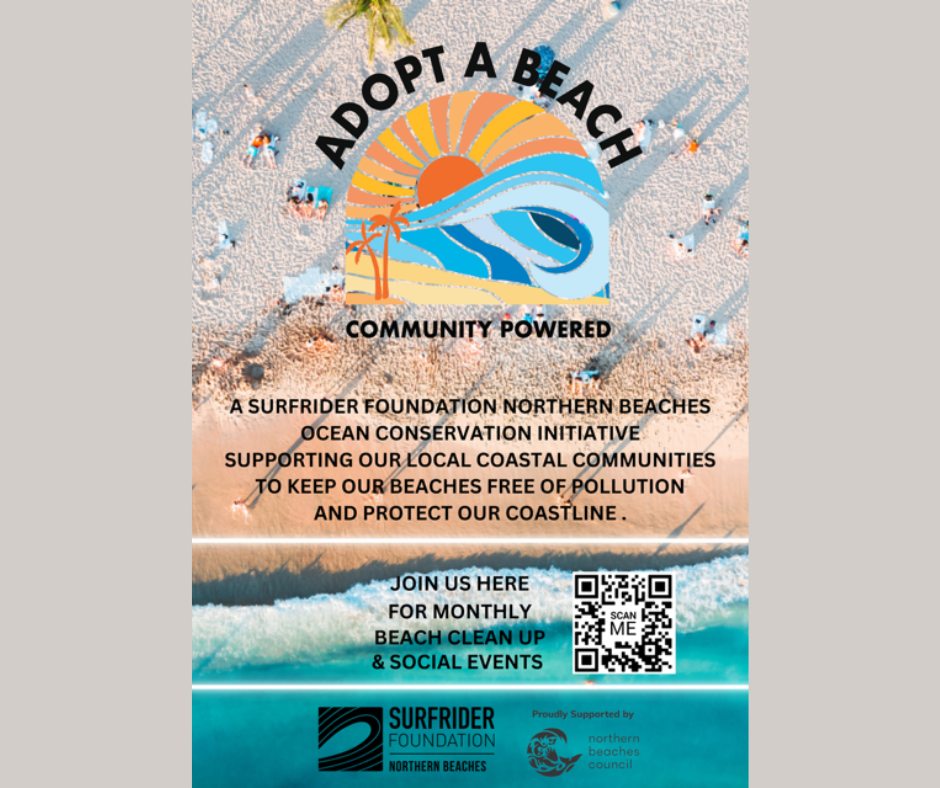

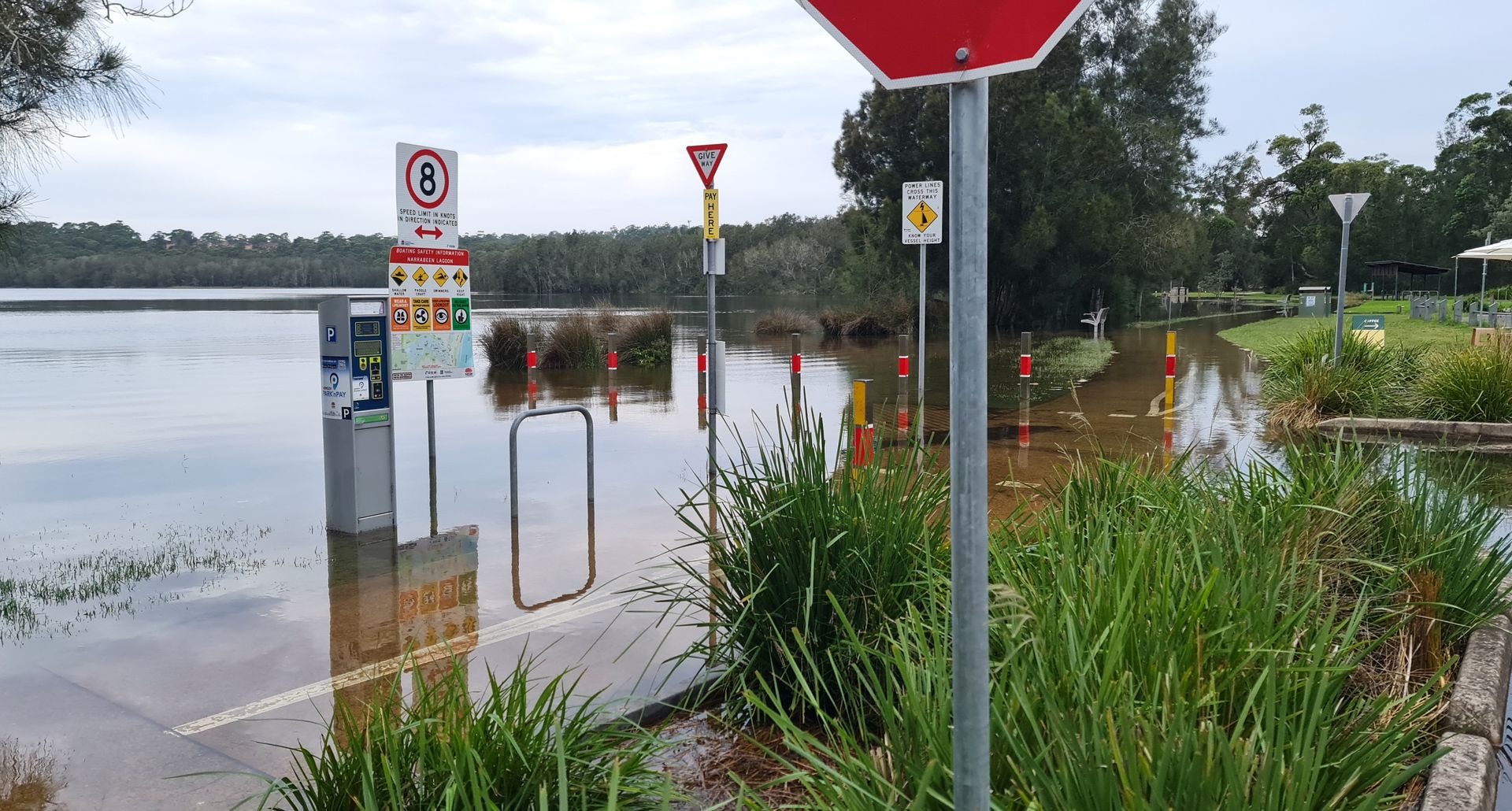






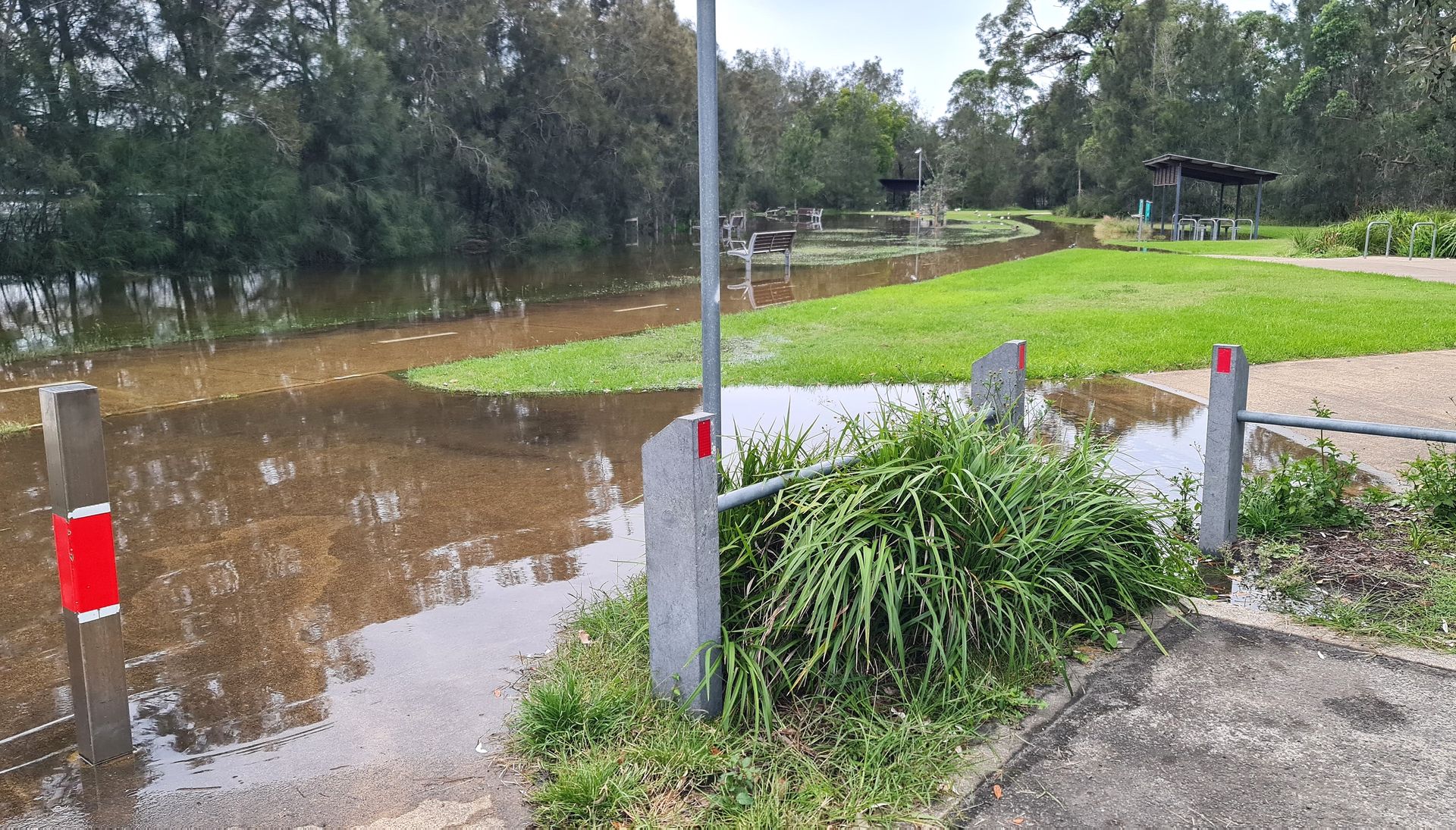
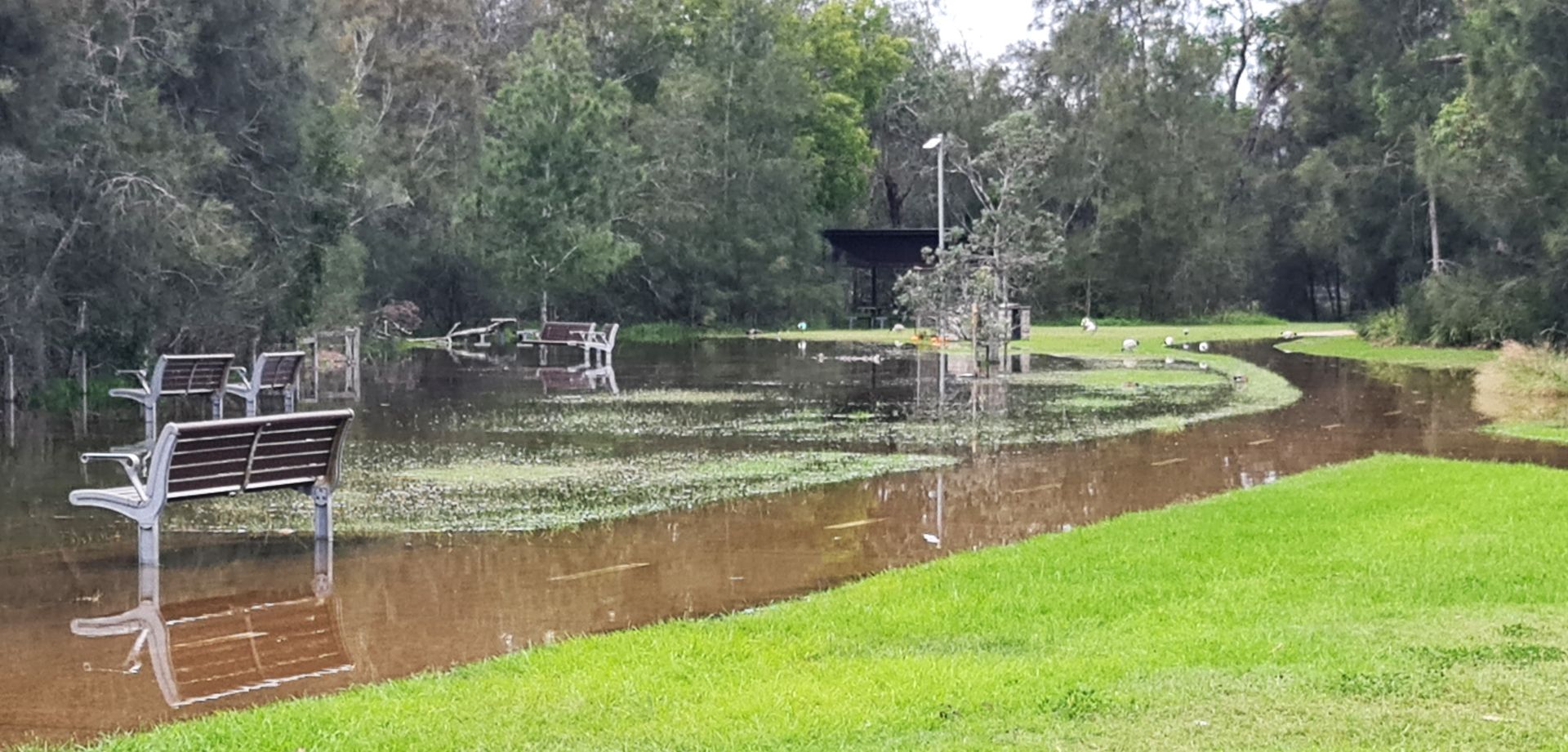

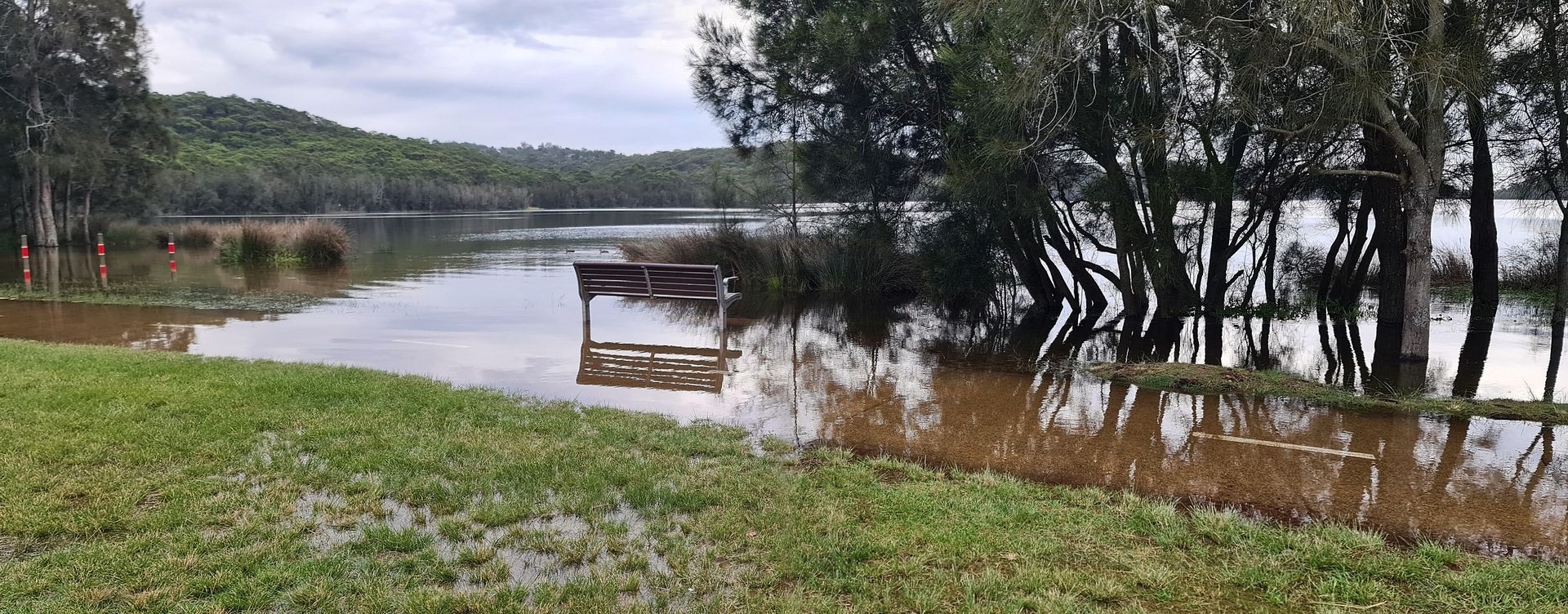
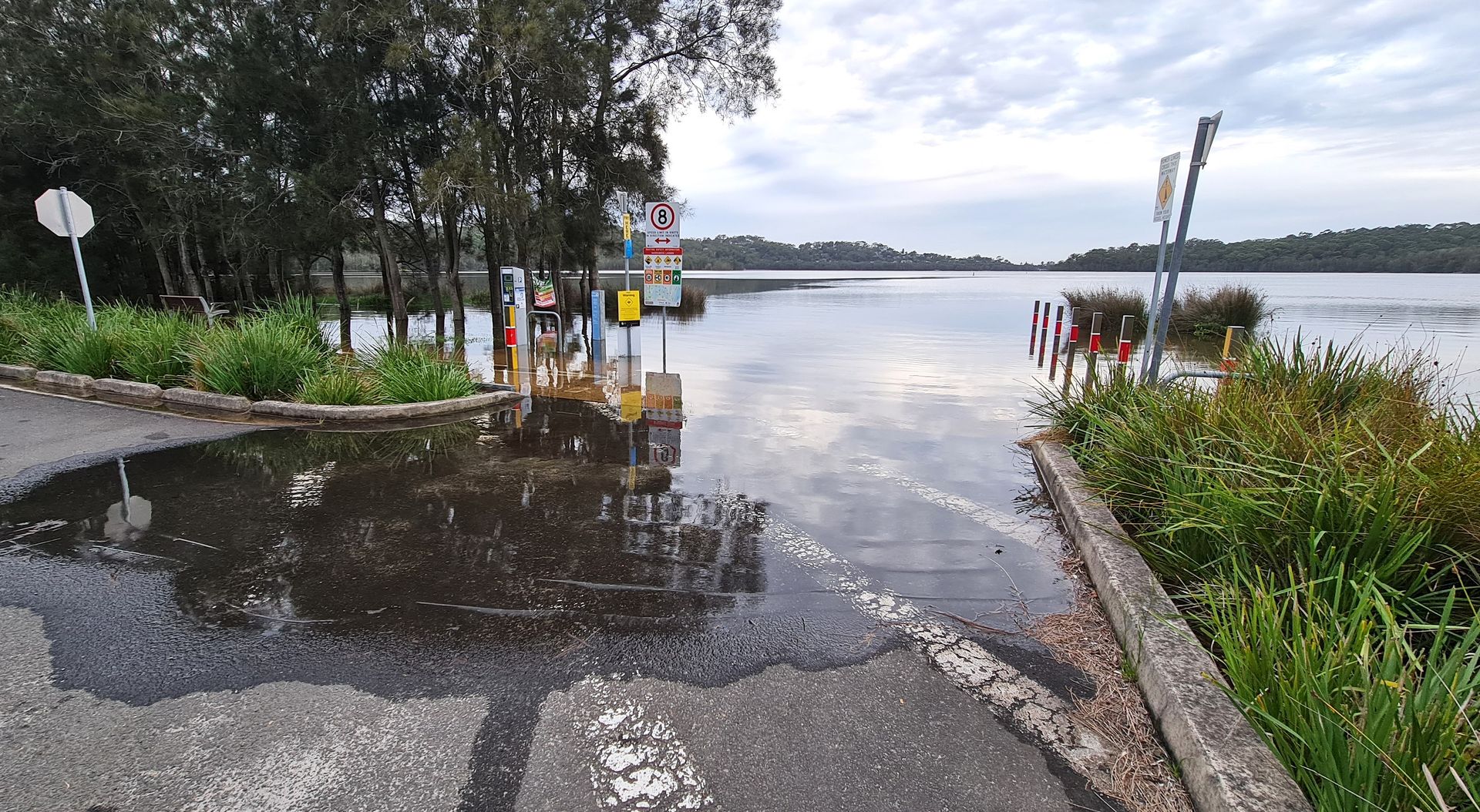





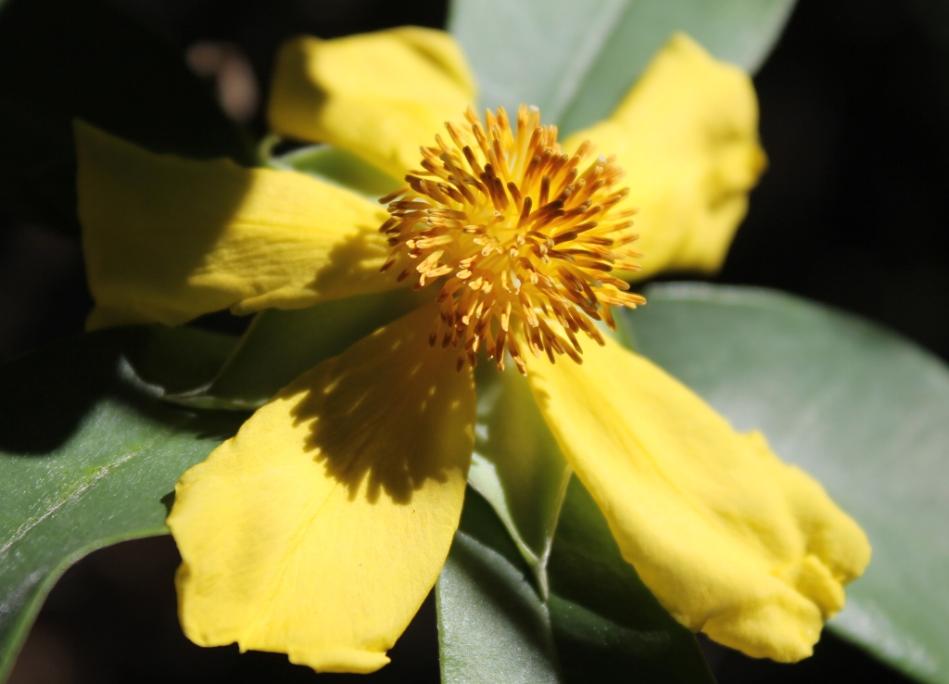


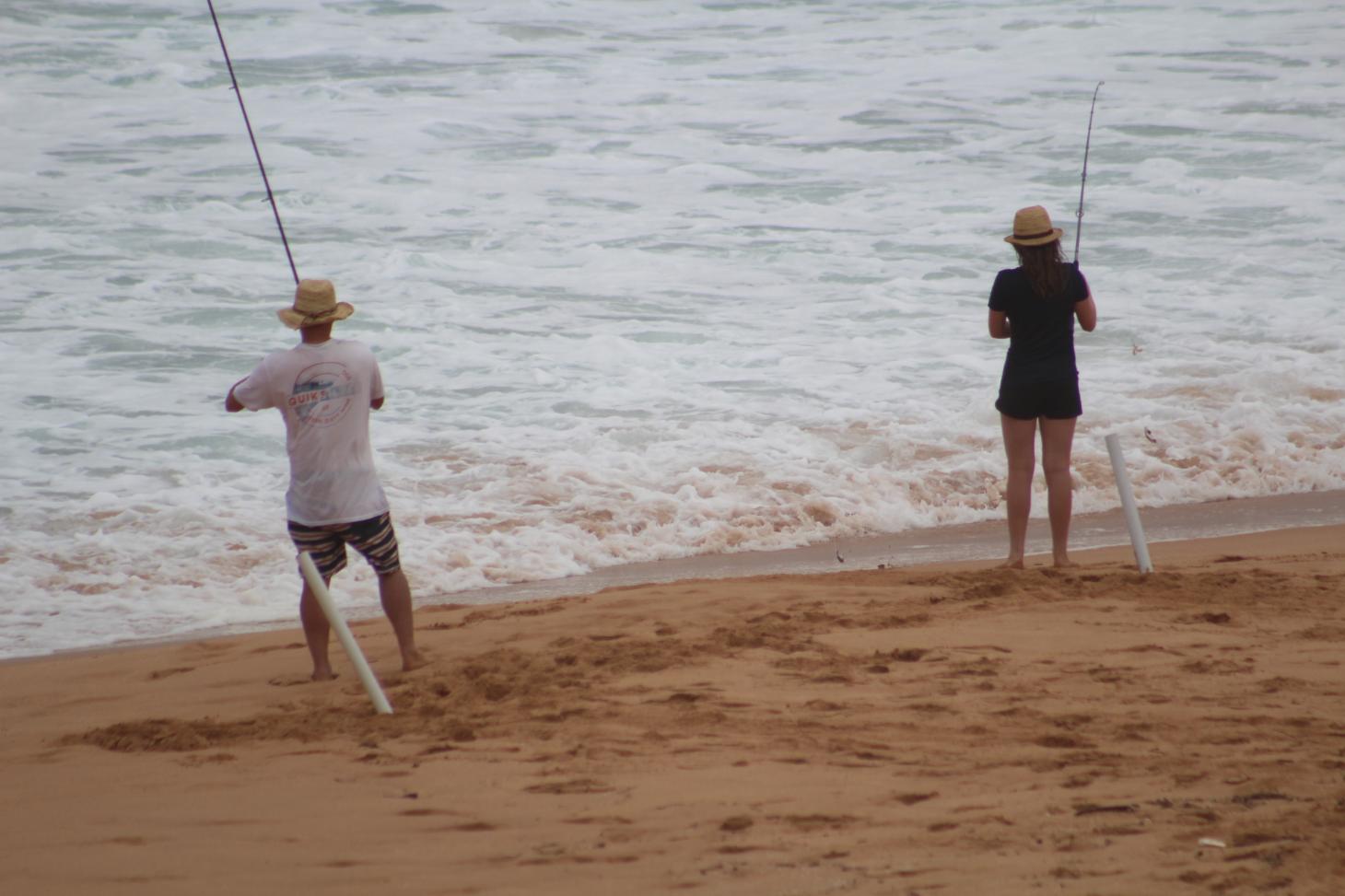
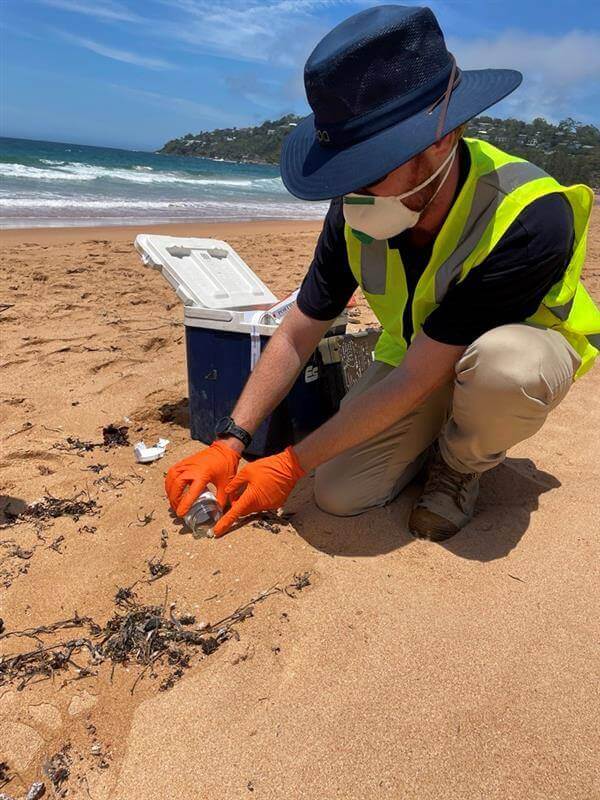


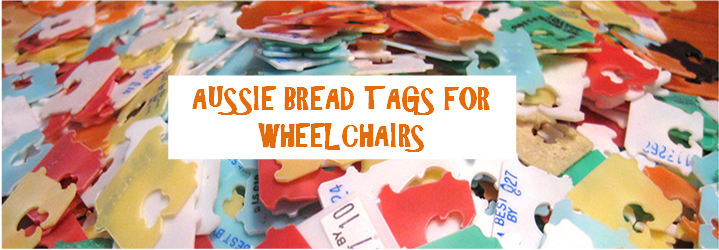
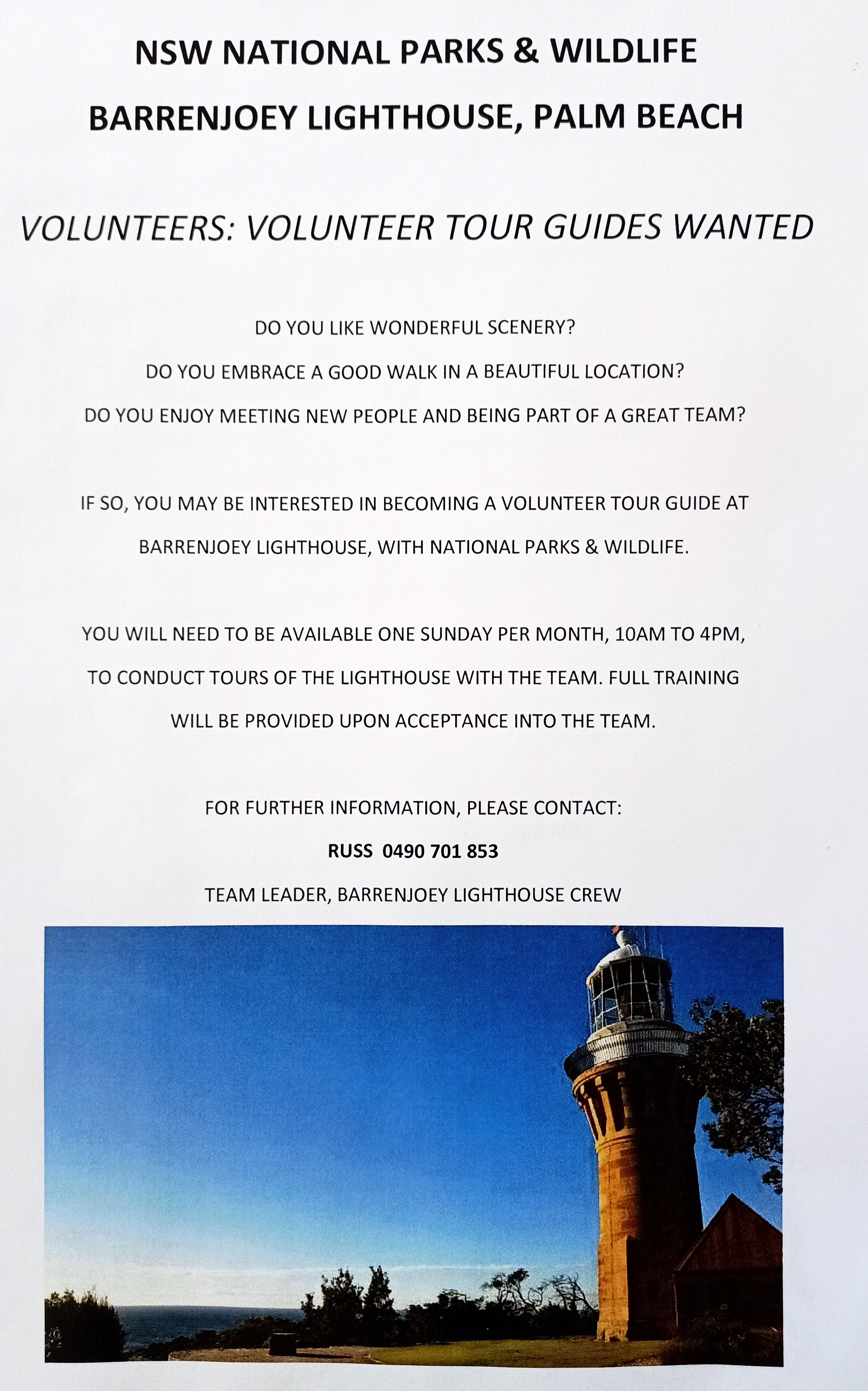
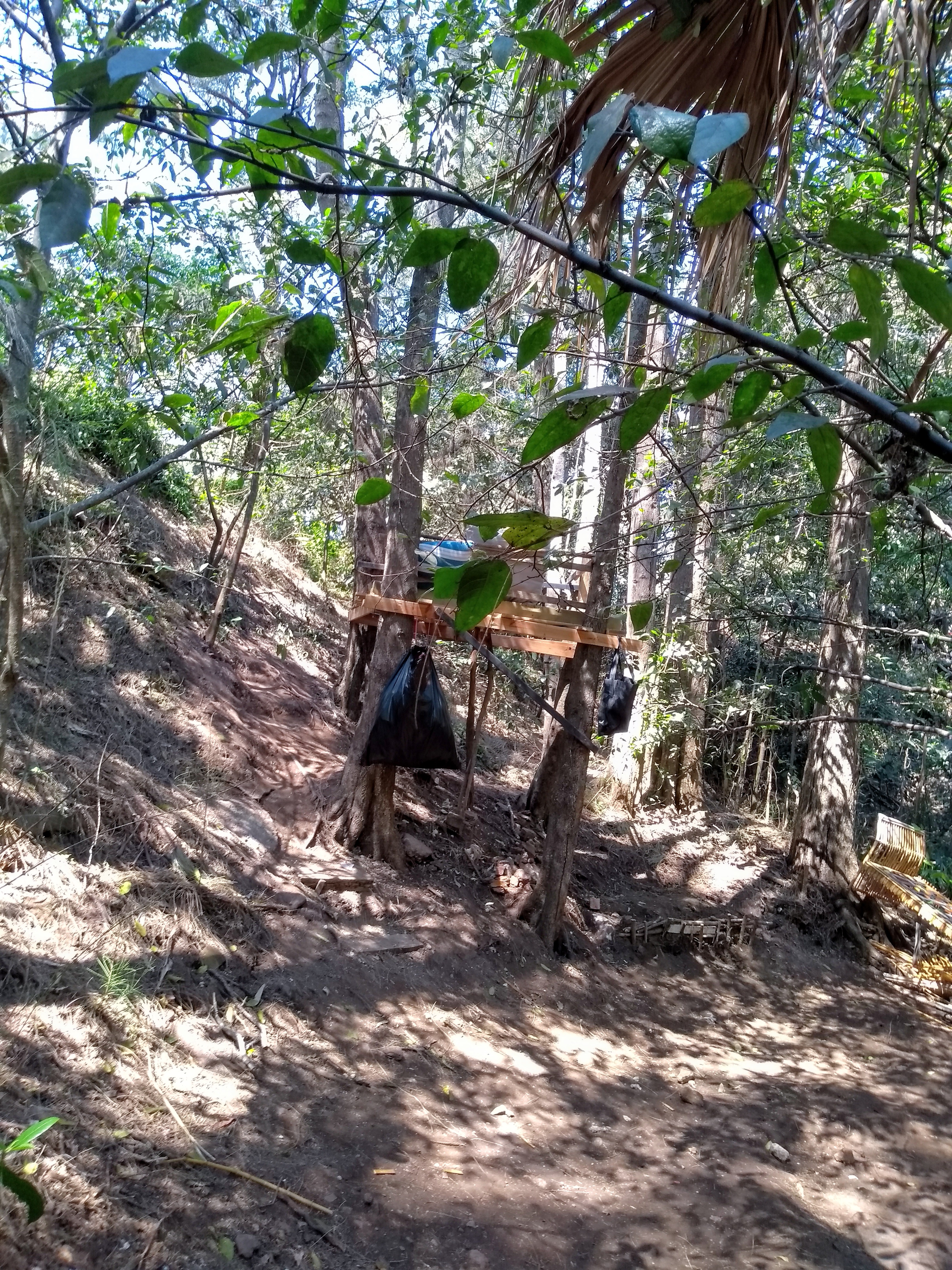
%20(1).jpg?timestamp=1675893929686)
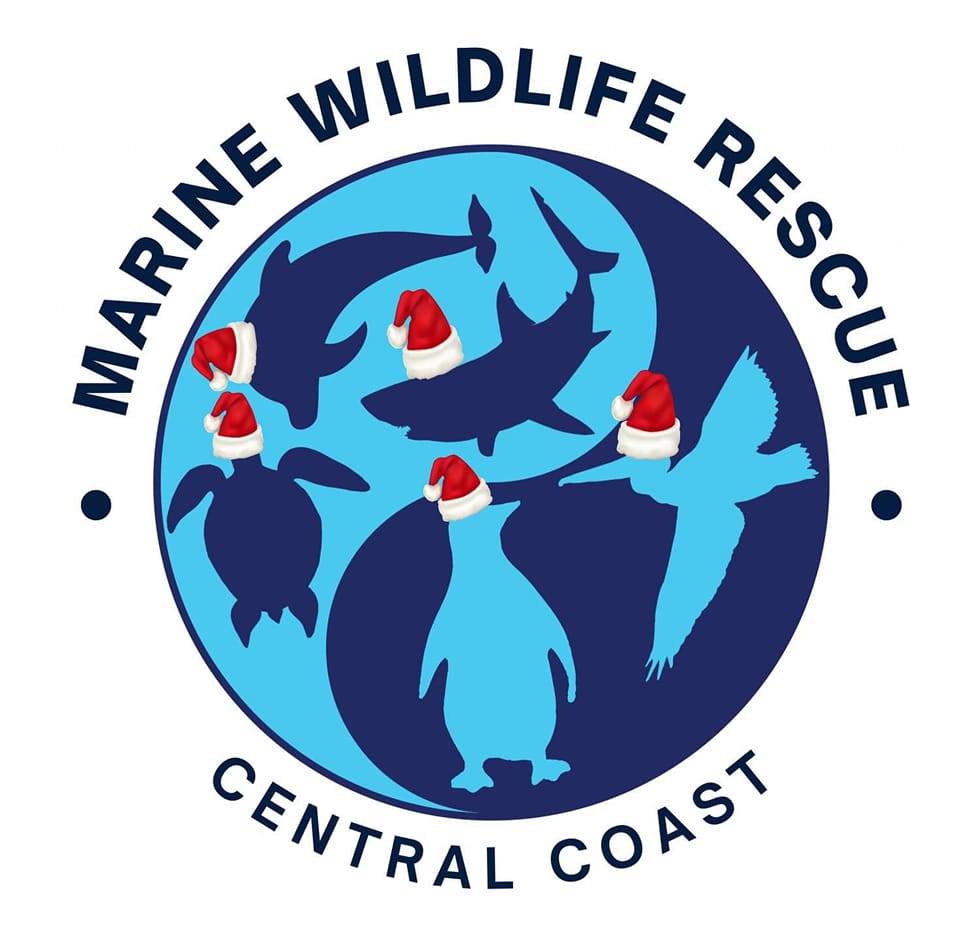
.JPG.opt1460x973o0,0s1460x973.jpg?timestamp=1663629195339)
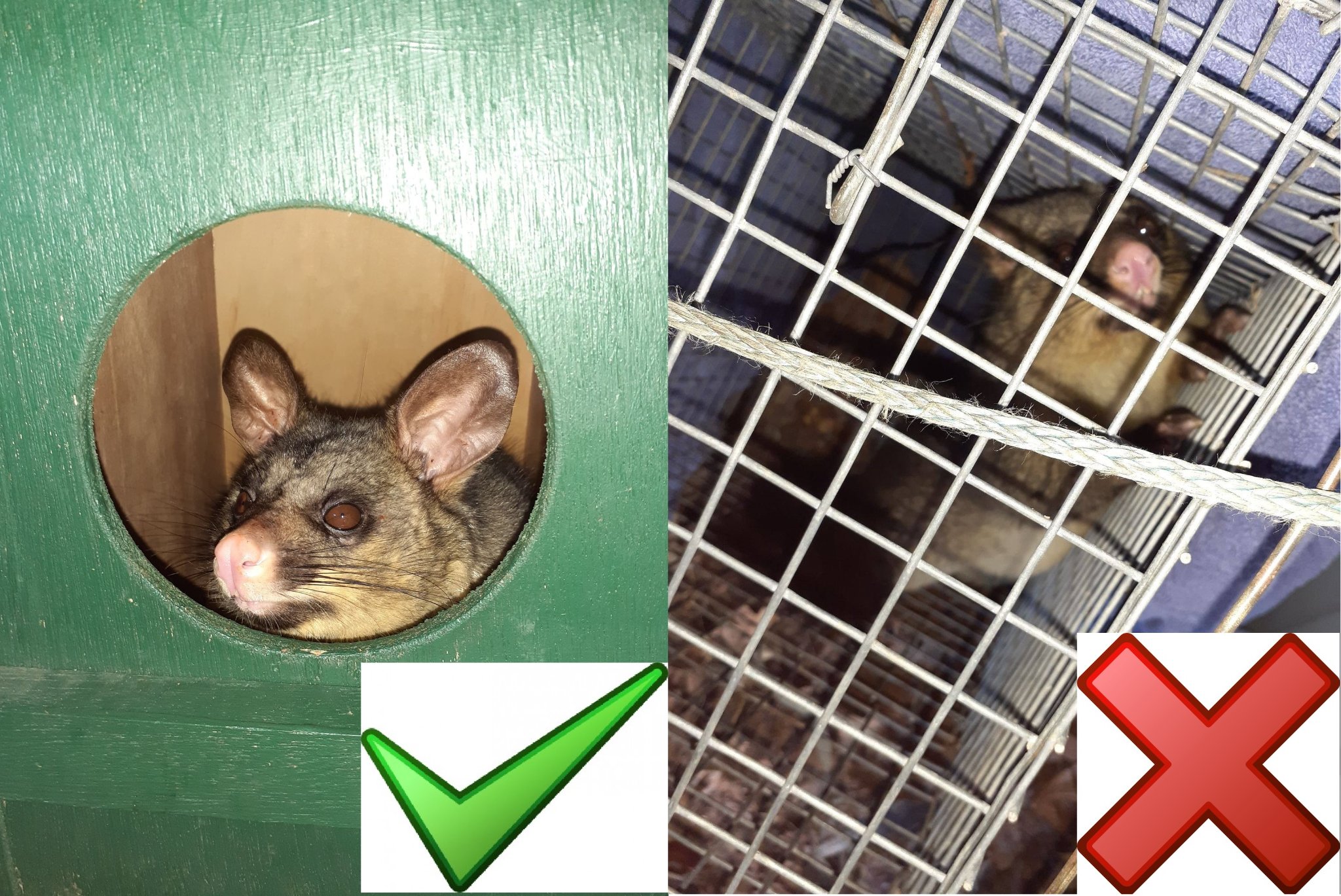
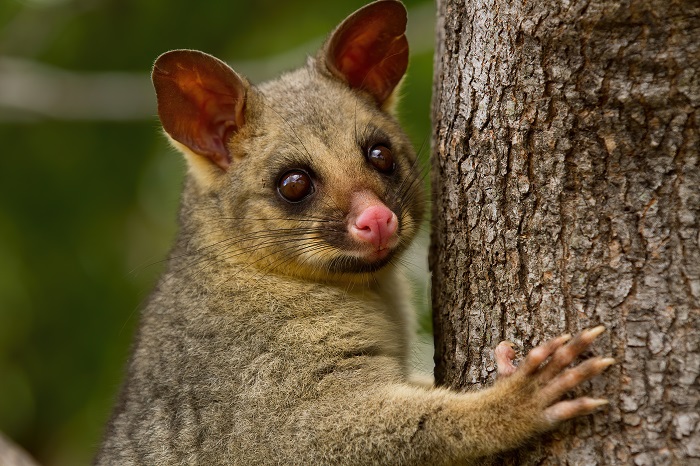
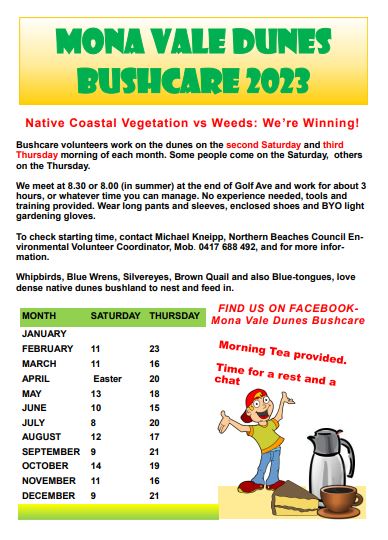
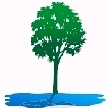



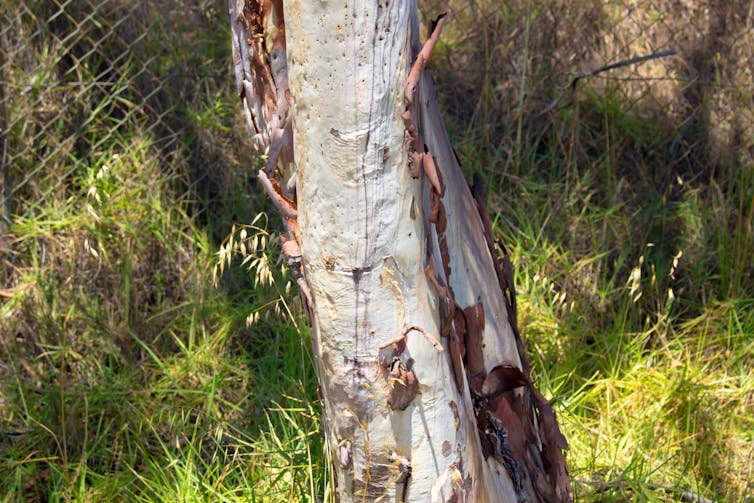
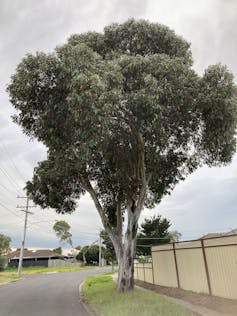



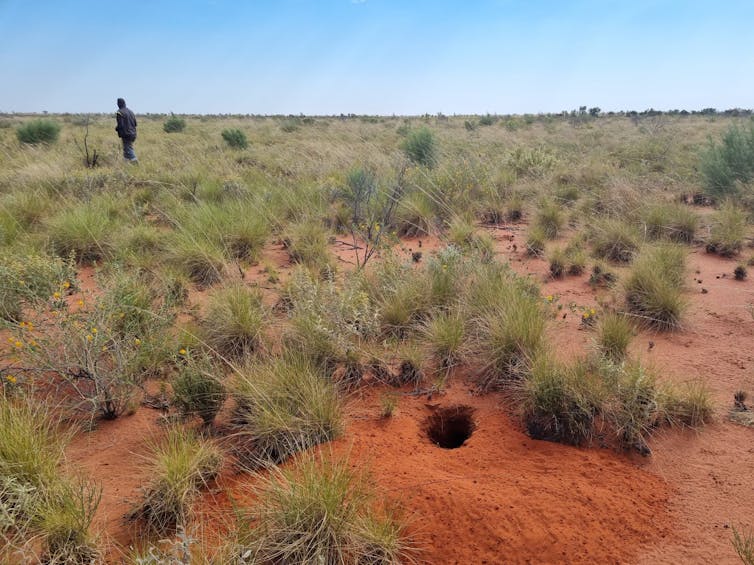


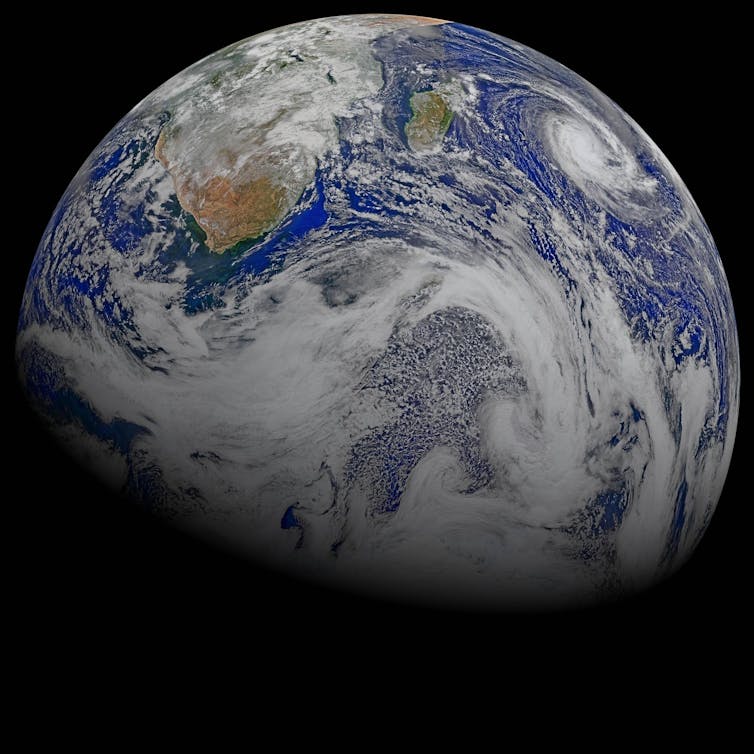
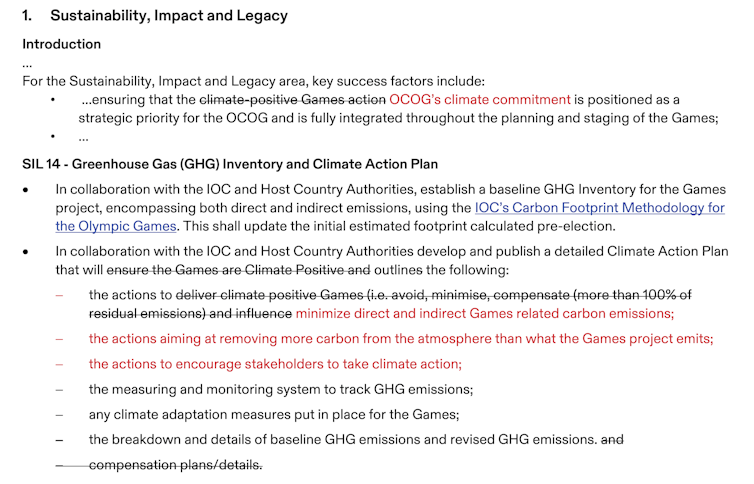




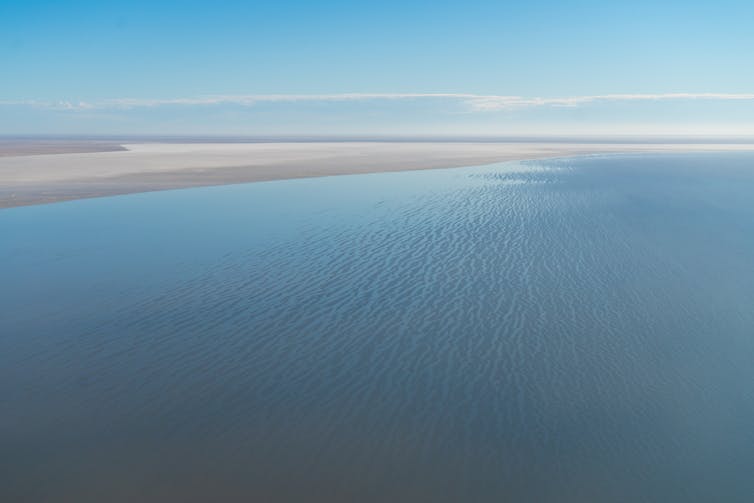
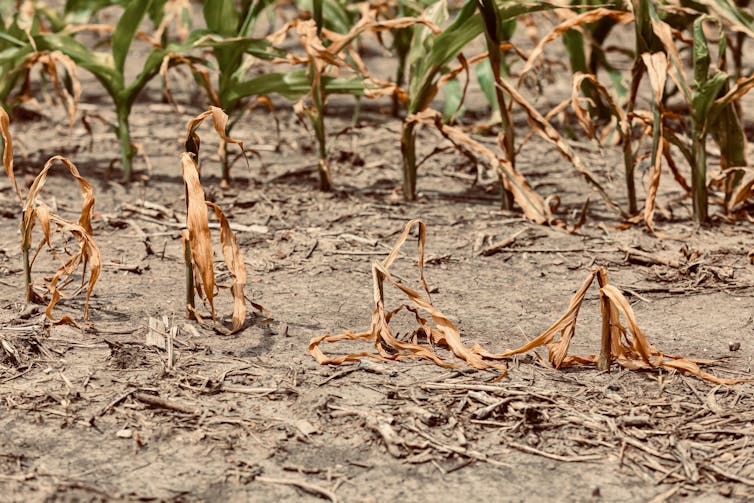

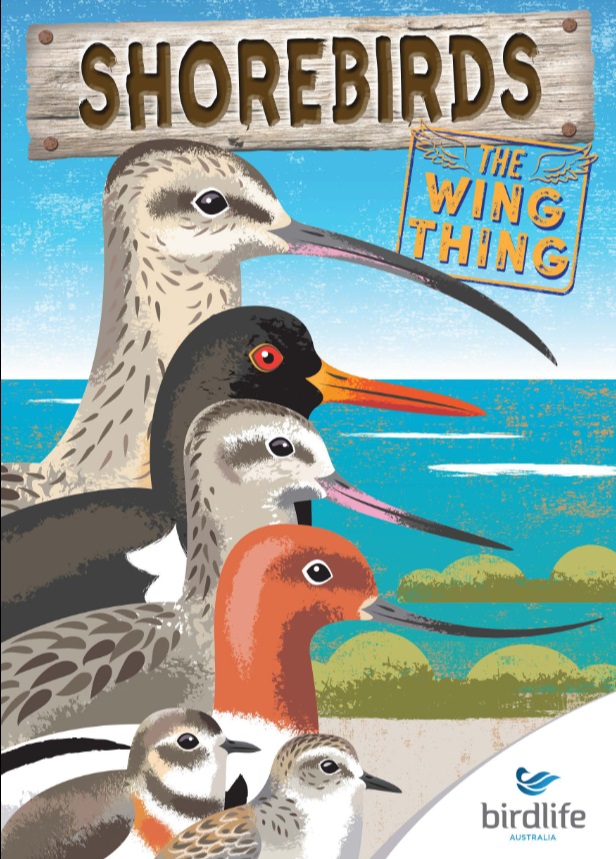
 Shorebird Identification Booklet
Shorebird Identification Booklet